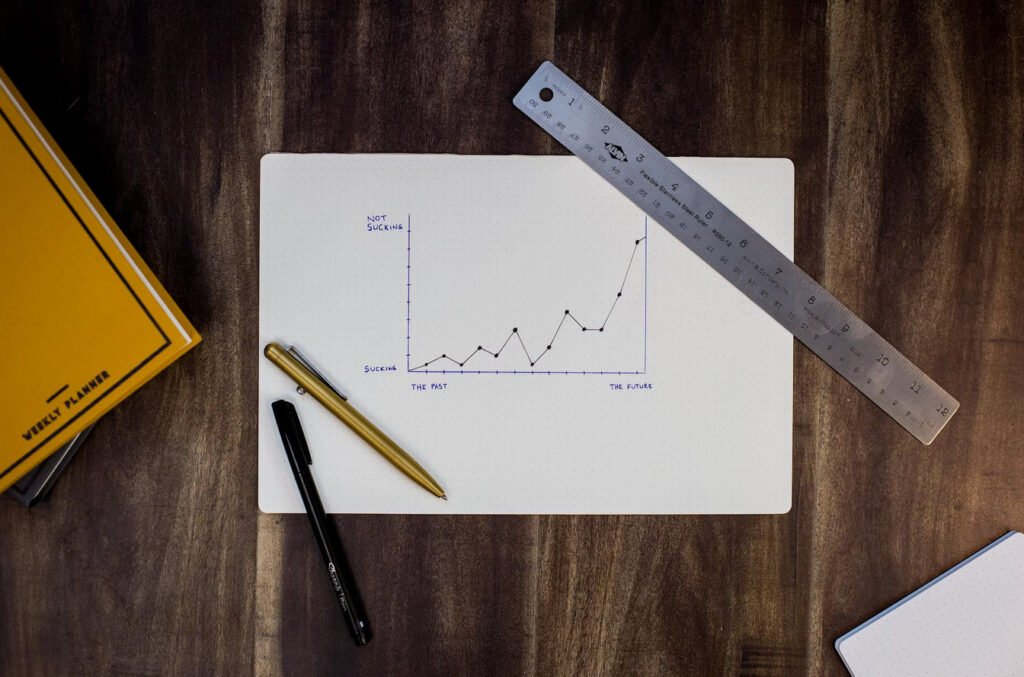
Data visualization is a powerful tool that transforms complex datasets into comprehensible visuals, aiding in the discovery of patterns, trends, and insights. Mastering the art of data visualization involves understanding key principles, techniques, and technologies. Let’s embark on a journey to explore the intricacies of this dynamic field.
1. Elements of Good Data Visualization
Effective data visualization is marked by several key elements:
- Color Theory – The strategic use of color enhances comprehension and conveys information. Consistent color schemes and thoughtful contrasts can guide the viewer’s focus.
- Data Positioning – The placement of data points on charts or graphs is crucial. Proper positioning aids in clarity and helps viewers draw accurate conclusions from the visual representation.
- Bars Over Circles and Squares – Certain chart types are more effective than others. Bars are often preferred over circles and squares as they provide a clearer representation of quantitative values.
- Avoiding Chart Junk – Eliminating unnecessary elements, such as 3D effects and pie charts for proportions, reduces “chart junk” and ensures a clean and focused visualization.
2. Visualizing More than Three Dimensions
To visualize more than three dimensions in a single chart, beyond the typical height, width, and depth, additional visual cues come into play. These include color, size, form, and animations that portray changes over time.
3. 3D Transformation in Data Visualization
The 3D transformation of data involves several key processes:
- Viewing Transformation – Altering the perspective from which the data is viewed to gain a more comprehensive understanding.
- Workstation Transformation – Adapting the data to fit the specifications and capabilities of the visualization workstation.
- Modeling Transformation – Creating a 3D model representation of the data for visualization.
- Projection Transformation – Converting the 3D data model into a 2D representation for display.
4. Row-Level Security in Data Visualization
Row-level security ensures that users can only access and view data based on their specified access filters. Visualization tools like Qlik, Tableau, and Power BI allow users to implement row-level security.
5. Visualization “Depth Cueing”
Depth cueing addresses challenges in visualizing 3D objects by enhancing line and surface identification through techniques like using dashed lines for visible lines and eliminating unseen lines.
6. Surface Rendering in Visualization
Surface rendering involves considerations such as lighting conditions, transparency, assigned characteristics, exploded and cutaway views, and the roughness or smoothness of surfaces.
7. Informational Visualization
Information visualization focuses on computer-assisted tools for studying large amounts of abstract data. It allows users to explore and comprehend abstract data patterns and structural relationships through dynamic visual representation and interaction.
8. Benefits of Electrostatic Plotters
Electrostatic plotters offer advantages such as superior speed and quality, scan-conversion features, and the ability to produce color images with multiple passes.
9. Pixel Phasing
Pixel phasing is an antialiasing method that smooths out jagged edges by shifting the electron beam closer to the defined locations of the object shape.
10. Perspective Projection
Perspective projection involves projecting points from a 3D scene onto a 2D display plane, creating a sense of depth by making objects farther away appear smaller.
11. Winding Numbers in Visualization
Winding numbers determine whether a point is inside or outside a polygon. The approach assigns direction numbers to edges based on their position relative to a scan line.
12. Parallel Projection
Parallel projection generates a 2D representation of a 3D scene by projecting points from the object’s surface along parallel lines onto the display plane.
13. Blobby Objects
Blobby objects are entities that do not maintain a constant form but vary their surface features in response to specific motions or interactions.
14. Non-Emissive Displays
Non-emissive displays turn light from external sources into pictorial forms, such as liquid crystal displays.
15. Emissive Displays
Emissive displays convert electrical energy into light energy, as seen in plasma screens and thin film electroluminescent displays.
16. Scan Code
A scan code is the code stored in the keyboard buffer when a key is pressed on the keyboard, indicating the corresponding pressed key.
17. Window Port vs. Viewport
A window port defines the section of an image displayed by a window, while a viewport is the display area within the selected portion of the form where the component is shown.
In the vast realm of data visualization, understanding these principles and technologies equips individuals and organizations to unlock valuable insights from their data, fostering better decision-making and communication. Whether conveying complex analytics or exploring patterns in large datasets, data visualization serves as a bridge between raw data and actionable intelligence.
You may also like:- How To Fix the Crowdstrike/BSOD Issue in Microsoft Windows
- MICROSOFT is Down Worldwide – Read Full Story
- Windows Showing Blue Screen Of Death Error? Here’s How You Can Fix It
- A Guide to SQL Operations: Selecting, Inserting, Updating, Deleting, Grouping, Ordering, Joining, and Using UNION
- Top 10 Most Common Software Vulnerabilities
- Essential Log Types for Effective SIEM Deployment
- How to Fix the VMware Workstation Error: “Unable to open kernel device ‘.\VMCIDev\VMX'”
- Top 3 Process Monitoring Tools for Malware Analysis
- CVE-2024-6387 – Critical OpenSSH Unauthenticated RCE Flaw ‘regreSSHion’ Exposes Millions of Linux Systems
- 22 Most Widely Used Testing Tools








